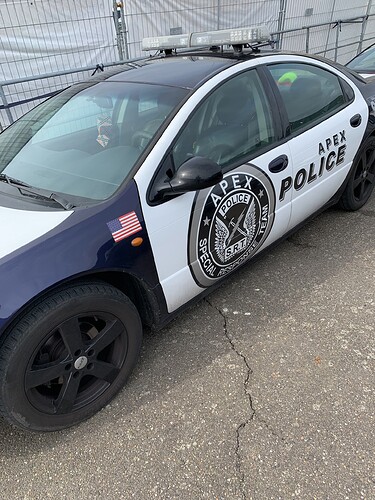My dealer, Crescendo Fine Audio in Wheat Ridge, CO, performed the APEX upgrade on a Rossini DAC so they now have two for comparison, a Rossini and Rossini APEX.
I don’t have a long list of detailed impressions when comparing the two but the things that stood out the most for me with the APEX were a wider and deeper soundstage.
I don’t recall the exact performance, but we were comparing using a streamed version of “Rhapsody in Blue.”
With the original Rossini, the soundstage was generously deep and about as wide as the speaker width. The piano was very well placed center stage with the oboe on the left, bassoon on the center right.
Cymbals crashed from upstage right as you would expect. It sounded quite lovely.
Then we switched to the APEX. Cables were actually moved from the Rossini to the Rossini APEX as they didn’t want to introduce the variable of the use of a second input on the ARC Ref 6 preamp we were using (amp was a D’Agostino Momentum S250, I believe the MxV, speakers Wilson Audio Alexx V.)
Through the APEX, the soundstage was instantly wider, growing a bit beyond the speakers on each side, and deeper. Instruments at upstage center seemed to be a bit further back in the space. The piano remained at center stage but whether it was due to the APEX needing a bit more burn-in (it has only been up and running about a week) the notes themselves were slightly more diffuse. Where on the original Rossini I could locate the piano strings to a precise point in space, with the APEX their origination was ever so slightly diffuse - sort of like you could only locate the strings to perhaps ± a few inches through the APEX rather than them being right there on the orignal.
The increased soundstage width and depth had the net effect of feeling the piece was being performed in a somewhat larger hall when heard through the APEX rather than through the original. Instruments had better separation - it no longer sounded like the bassoon player was sitting on the piano, but clearly was off to the right and a little behind.
In testing with other tracks, that same effect did not appear when it was not appropriate - when listening to Sinatra sing “Please Be Kind” off Sinatra-Basie, he did not move from singing in a studio to singing in a concert hall. The presentation just seemed to “open up” more where locations may have been shortened slightly on the original as I mentioned with the bassoon player.
Then just for fun, we connected the Rossini Clock to the APEX and it completely reinforced my view of how important clocking is. It was the consensus of everyone listening that adding the clock allowed us to hear the reveberation of the instruments in space, giving the sense of the size of the room they were recorded in. Shutting off the word clock (modes were either M or W) instantly made those reverberations much less obvious, and instruments existed in a room but not a distinct space. It was far from minor, but I’ve noted that before. The best way to put it is when you shut the clock off the result was disappointing, but if you had never connected the clock you wouldn’t know what had just gone missing and wouldn’t be disappointed; it’s just hearing what the clock brought to the sound then shutting it off showed just what the clock could do.
Now the big question: If limited in budget, should you get a Clock or the APEX upgrade first. That’s a tough one and depends on how things perform in your system.
However, the price of the APEX upgrade is much lower than the price of the clock, even lower when you consider the cost of the two good clock cables you will need to connect everything up.

 and counting
and counting 


